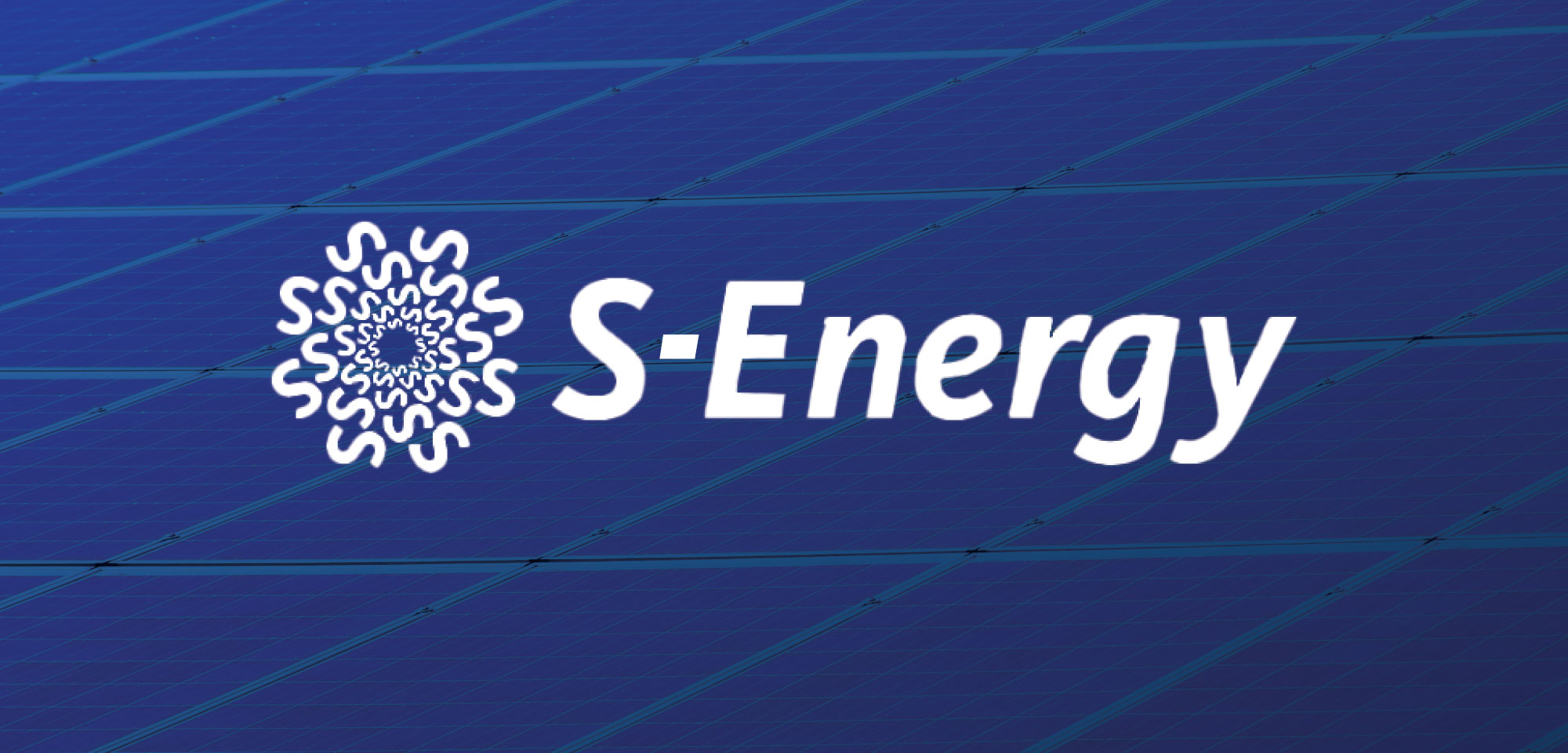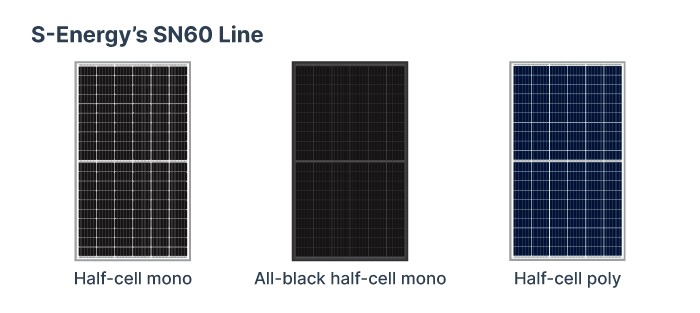
Find out what solar panels cost in your area
S-Energy solar panels are used in a couple thousand home solar power installations every year in the United States. These Korean panels are well-known for being cost-effective compared to more famous brands like LG, SunPower, and Panasonic, but how do they measure up? Let’s find out.
Key takeaways
-
S-Energy is a Korean manufacturer of solar panels and related photovoltaic products.
-
The brand is known for being less expensive than higher-quality brands, but maintains decent product and power production warranties.
-
S-Energy panels may be a good value choice for cost-conscious consumers.
About the brand
The company that would eventually become S-Energy started manufacturing photovoltaic modules in the mid-1990s, but they didn’t incorporate or start large-scale manufacturing until 2001. The company, formally known as S-Energy Co., Ltd, has its main office in Gyeonggi-do, South Korea and sales branches in Chile, Japan, and the United States.
S-Energy is now recognized by Bloomberg New Energy Finance (BNEF) as a Tier 1 solar panel manufacturer. Find out what makes Tier 1 solar panels important here.
S-Energy’s manufacturing facility is located in Daejeon, South Korea, and can produce up to 500 MW of solar modules per year. That’s a medium-to-small level of production, especially compared to more famous Chinese brands, but S-Energy has a reputation for low prices that appeals to people looking for good value. The company sells its products to customers in Asia and North and South America.
S-Energy’s current products
S-Energy’s best current home solar panel offerings are the SN60 line, which use a half-cut monocrystalline silicon cell type. This technology leads to increased energy production by reducing hot spots that can occur in larger cells.
Depending on the efficiency of the cells inside, SN60 solar panels can generate between 325 and 340 watts under Standard Test Conditions (STC).
S-Energy also makes an all-black version of the SN60 that can produce between 315 and 330 watts per panel, and a version that uses polycrystalline solar cells. The company also makes a line of bifacial solar panels that can generate extra energy from their back side and are more suitable for commercial and industrial installations.
S-Energy has also dabbled in building-integrated photovoltaics (BIPV), which can be used on walls, roofs, and balconies in the construction of large buildings.

The top module in the SN60 line is the SC20-60MAE/MCE-340M, which comes in at 20.15% efficiency and has a temperature coefficient of -.36% per degree C above 25. This doesn’t match the performance of the best mono solar panels on the market, which offer 22.8% efficiency and temperature coefficients of around -.26% (lower is better).
But efficiency isn’t the whole story. An S-Energy solar panel generates a little less energy per square foot of roof space, but if you have a large roof, a system built using these panels can produce all the energy you need at a much lower cost per watt than more expensive panels.
Take a look at other S-Energy PV modules and their datasheets, including S-Energy’s older polycrystalline models, here.
Cost and availability
The average cost of a typical 6 kW solar system in the United States is between $15,000 and $20,000 as of early January 2025.
Installations that use S-Energy solar panels will likely come in on the low end of that range, as the brand is known for low prices. A solar panel system that uses S-Energy panels should sell for $.25 to $.30 per watt less than a system of the same wattage that uses panels from top brands like Maxeon and REC Solar.
S-Energy panels are available across the United States from solar installers that use their products, and can also be purchased from certain online wholesalers.
S-Energy’s solar panel warranty
S-Energy offers a standard 12-year warranty for materials and workmanship, which meets the industry standard for top solar panel brands.
The company also provides a 25-year power production warranty that states you can expect the panels to produce at least 97.5% of their rated power by the end of the first year and 80.7% after 25 years. Unfortunately, that math puts the panels’ average annual degradation rate at 0.7% per year, which is not up to snuff with nearly all other Tier 1 manufacturers.
In general, these modules should survive just fine, and given S-Energy’s reputation for aggressive pricing under most of the other panels on the market, it might be okay to go with a slightly higher annual degradation rate in the interest of saving money.
A couple of notes on S-Energy’s warranty
First, the company is publicly traded on the Korean KOSDAQ stock exchange. They publish financial statements that show they’re a healthy company in terms of revenue but are not currently profitable.
In order for the company to honor a 25-year warranty, they’re going to have to be around for that long, and while we don’t anticipate S-Energy is in danger of folding, we’d like to see them be a profitable business before we give them a 100% stamp of approval.
Finally, we’ve seen some hard-to-substantiate rumblings that S-Energy was forced to deal with some claims in Europe about poorly-soldered modules that resulted in electrical shorts and fire risk. The problems seem to be about panels that were produced during the early 2010s and it’s not clear that the company ever admitted liability for replacing the damaged modules mentioned in that article, but it’s something to be aware of if you’re considering S-Energy for your solar build.
The bottom line when it comes to S-Energy solar panels
S-Energy modules are used in thousands of solar installations throughout the United States every year, and used by many installers. They’re also trusted in utility-scale solar installations. They are undoubtedly a low-cost alternative to more well-known high-quality solar panels.
To be frank, other than the half-cell layout of the SN60 line, S-Energy does not use the latest technology in solar cells, such as PERC. Compared to other brands, their panels are not very high wattage, and they allow for slightly higher annual degradation than most Tier 1 panels.
If you’re going to choose S-Energy for your home, make sure you’re getting a good deal.
Ben Zientara is a writer, researcher, and solar policy analyst who has written about the residential solar industry, the electric grid, and state utility policy since 2013. His early work included leading the team that produced the annual State Solar Power Rankings Report for the Solar Power Rocks website from 2015 to 2020. The rankings were utilized and referenced by a diverse mix of policymakers, advocacy groups, and media including The Center...
Learn more about Ben Zientara